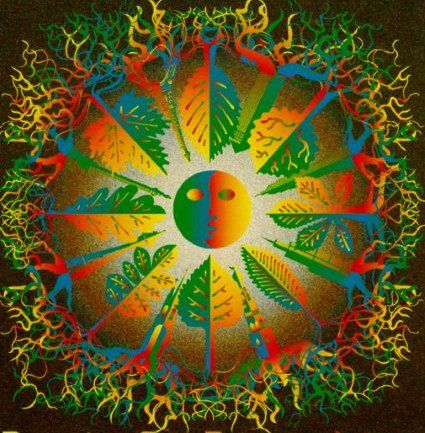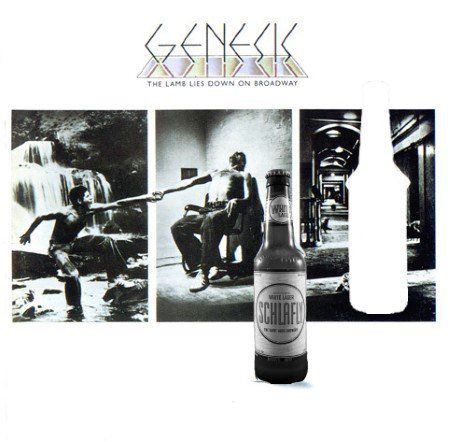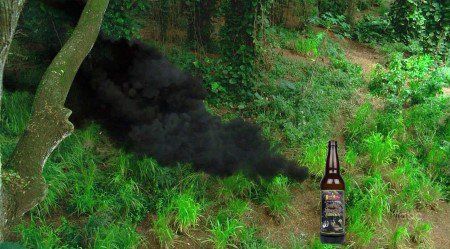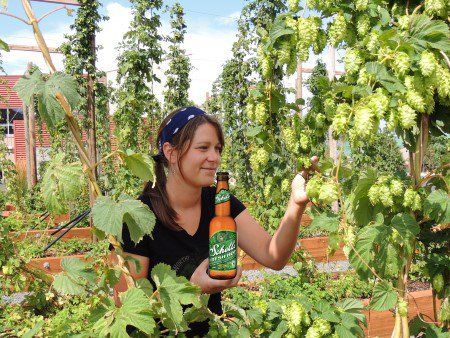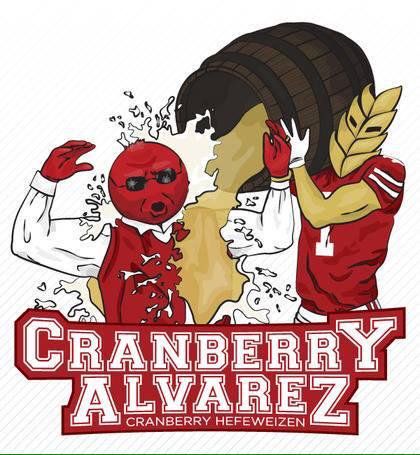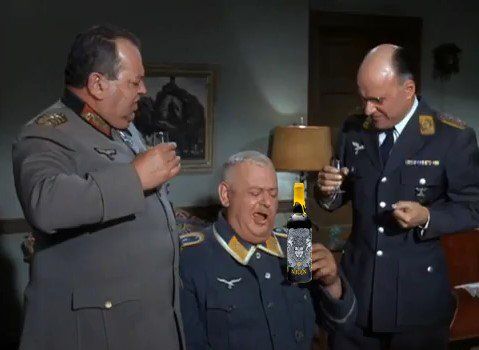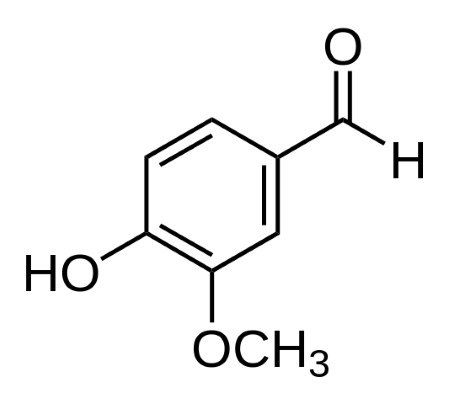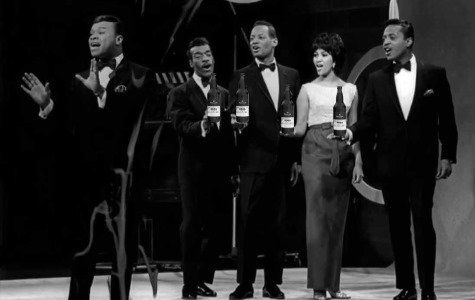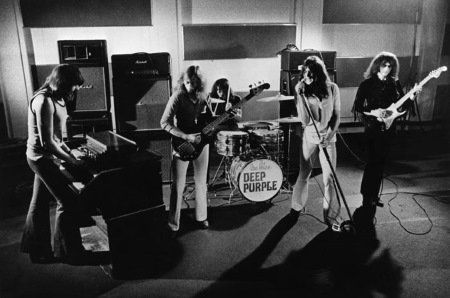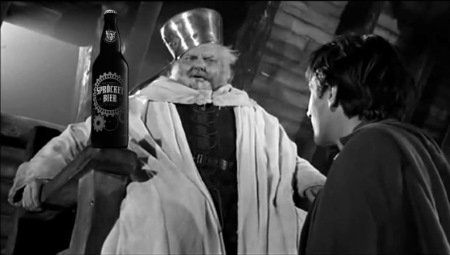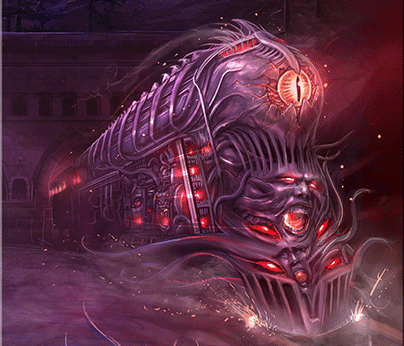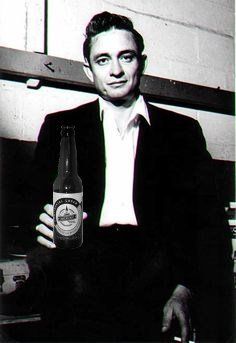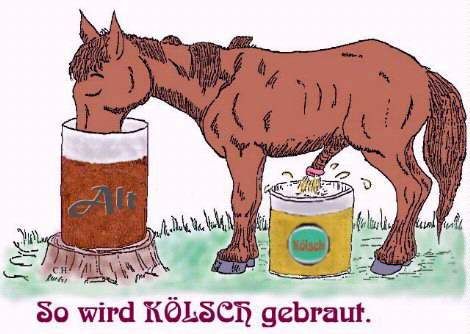Förgås is the first beer I’ve had whose name contains both an umlaut and a ring. This is because it’s Swedish. Online translators tell me that it means “perish” and I’m in no position to dispute this. I am lead to believe that the name is a joke which makes sense to Swedes or that there is some cultural understanding that I lack because the label shows a person dealing with assembling a box from printed directions which is perhaps IKEA inspired. This is the front. On the back that same figure stands proudly next to a building that it apparently constructed which appears to be a church (parrish?) with “DIY” in a box above its head. Exactly what perishing has to do with anything here is above my pay grade.
Regardless of the name, Förgås is billed as a Scandinavian Style Gose Ale. I am not sure what this means exactly – lingonberries? fish? reindeer? - but the beer was brewed in Sweden by Dugges Ale- & Porterbryggeri AB although Stillwater Artisanal Ales is listed on the label. A collaboration of some kind? I believe that the beer began appearing here in the States over the summer. I bought my bottle in October or November and popped it open recently.
It pours a very pretty light gold hue and was crystal clear, which was non-traditional as goses aer usually a bit hazy. I got a big, frothy off-white head and there were lots and lots of bubbles inside. Apparently my stange was dirty because there were clumps of bubbles adhering to the side. Oops. Despite my poor glass washing, Förgås looked really nice and inviting. It was bright & shiny and the effervescence gave the impression of there being a hive of activity that the drinker couldn’t help but want to be a part of.
How much does appearance contribute to one’s beer drinking experience? I’ve had some tasty brews that were not charismatic and some that proved the maxim that all that glitters is not gold. There is also the American habit of thinking that dark beers are heavy and viscous. This attitude is likely changing but I’d bet that it is still quite prevalent.
All of this comes to mind because I listened to an episode of the wonderful Human Zoo recently in which it was revealed that it’s easier to get people to accept global climate change if there’s a dead or dying plant in the room than if there was a healthy, verdant one off to the side. I think this was in the back of my mind when I was sampling Förgås because I gave extra consideration to its appearance. The beer’s refulgence and effervescence really lured me in and made me want to try it.
My aside aside, Förgås had what I thought of as being a fairly typical, non-Scandinavian aroma. There was a big grainy smell with some citrus/lemony tartness lurking underneath. It didn’t smell particularly salty nor was I able to discern any coriander. On the first taste a pronounced lemony tartness hit my tongue followed by the carbonation. It was a bright blast of dry, acidulous tartness that was quite a jolt. The sour flavor subsided on subsequent sips which allowed the grainy flavor to come through along with just a hint of salinity. Förgås also had a herbal and slightly minty flavor which I thought of as being eucalyptus-like. I suppose there could have been some juniper in there as that’s a spice not unfamiliar to Swedes. Whatever it was, it gave a nice contrast to the sharper flavors.
The finish was dry and tart with the lacto-lemon lingering along joined by the herbal flavor. Schaumhaftvermoegen was in abundance with webbing lining my stange.
My first foray into the world of the Scandinavian gose was quite a treat. In addition to its good looks, Förgås is a very tasty brew. It has a nice, light body yet this is not a thin beer. It is quite flavorful with the style’s trademark tartness sitting well next to a nice and rather more substantial grainy flavor than I was expecting. I loved the herbal component here too – that eucalyptus/juniper flavor was singular in my gose drinking experience.
Junk food pairing: The gose is a light beer so find delicate food pairings for your Förgås. Try some yoghurt-covered pretzels or some of those shrimp chips that are like Shrinky Dinks until you fry them whereupon they poof up to a light and tasty companion.
